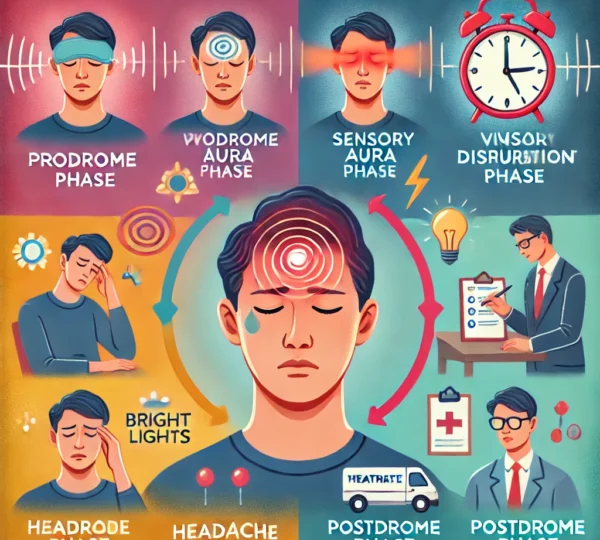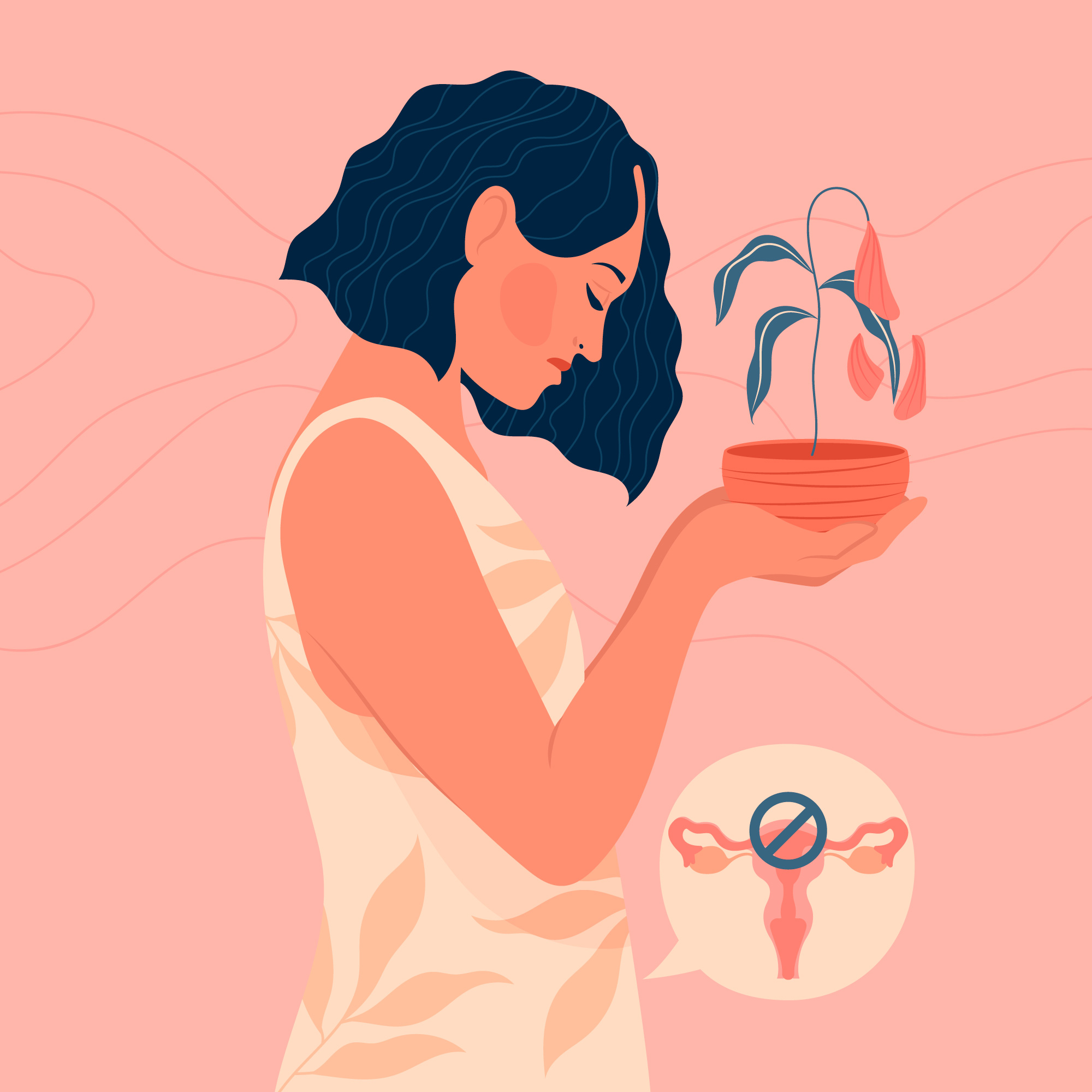What is Migraine?
Understanding Migraines
Migraine is a neurological disorder that causes severe, recurring headaches. These headaches often come with additional symptoms, such as nausea, vomiting, and sensitivity to light and sound.
Migraines typically affect one side of the head but can sometimes involve both sides. The pain can last anywhere from several hours to a few days, severely disrupting daily activities and quality of life.
Phases of Migraines
Migraines consist of several stages, each with its own set of symptoms:
1. Prodrome Phase
This phase occurs in the hours or even days leading up to the headache. It is often subtle and may include:
- Mood changes
- Irritability
- Changes in appetite
- Increased thirst
- Nausea
- Neck stiffness
Recognizing these early signs can help individuals prepare for a migraine attack.
2. Aura Phase
Not everyone experiences this phase, but some people may have visual or sensory disturbances before or during a migraine. Symptoms may include:
- Seeing bright lights or zigzag lines
- Numbness or tingling in parts of the body
- Language difficulties or confusion
3. Headache Phase
The most painful phase, where the pain is often described as throbbing or pulsating, typically occurring on one side of the head. It can be intense and debilitating. Common symptoms include:
- Nausea and vomiting
- Sensitivity to light, sound, or smell
- Increased pain with physical activity
4. Postdrome Phase
After the headache subsides, individuals may experience the postdrome phase, often referred to as a “migraine hangover.” This phase can include:
- Fatigue and weakness
- Difficulty concentrating
- Mood swings
- Sensitivity to light or sound
Common Triggers and Causes
Migraine triggers vary among individuals. Some common triggers include:
- Hormonal changes (e.g., menstruation, pregnancy)
- Stress
- Certain foods and alcohol
- Environmental factors (e.g., bright lights, strong smells)
- Medications (e.g., birth control, vasodilators)
Identifying and avoiding these triggers can help reduce the frequency of attacks.
Treatment and Management Options
Managing migraines involves both lifestyle changes and medical treatments:
Lifestyle Changes
- Stay hydrated
- Maintain a regular sleep schedule
- Manage stress
Medications
- For acute attacks: Pain relievers, anti-nausea drugs, or triptans
- Preventive medications: Beta-blockers or anticonvulsants
Complementary Treatments
- Acupuncture
- Massage therapy
- Cognitive behavioral therapy (CBT)
Consulting a Healthcare Provider
Migraines are complex, and a personalized treatment plan is essential. A healthcare provider can help identify triggers, prescribe appropriate medications, and suggest lifestyle changes to improve quality of life.
Conclusion
Migraines can be challenging, but with the right approach, individuals can manage their symptoms and improve their quality of life. Understanding the phases of migraines, recognizing triggers, and following a comprehensive treatment plan are key to reducing their impact.
If you experience frequent migraines, consult a healthcare professional for guidance and support.



